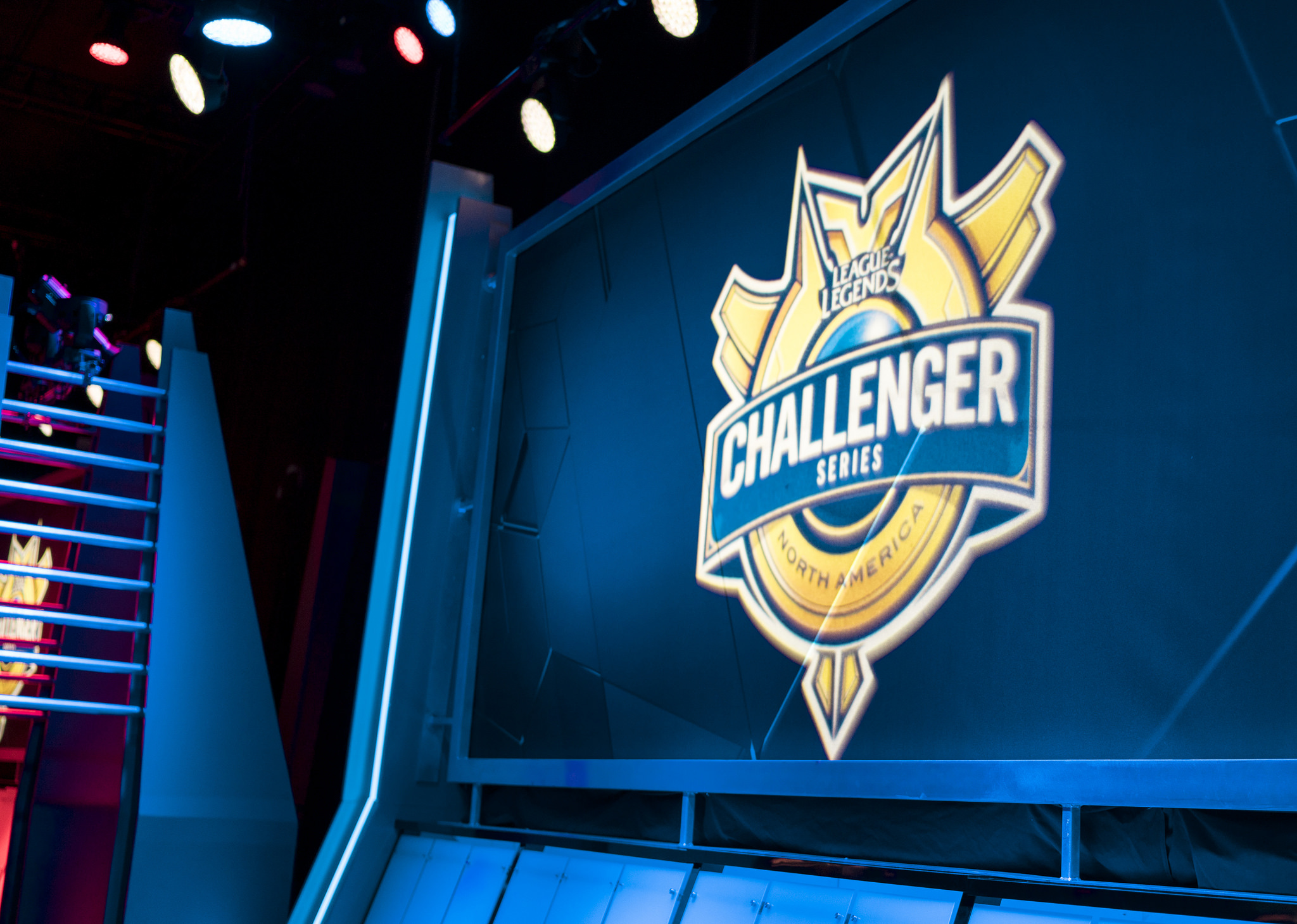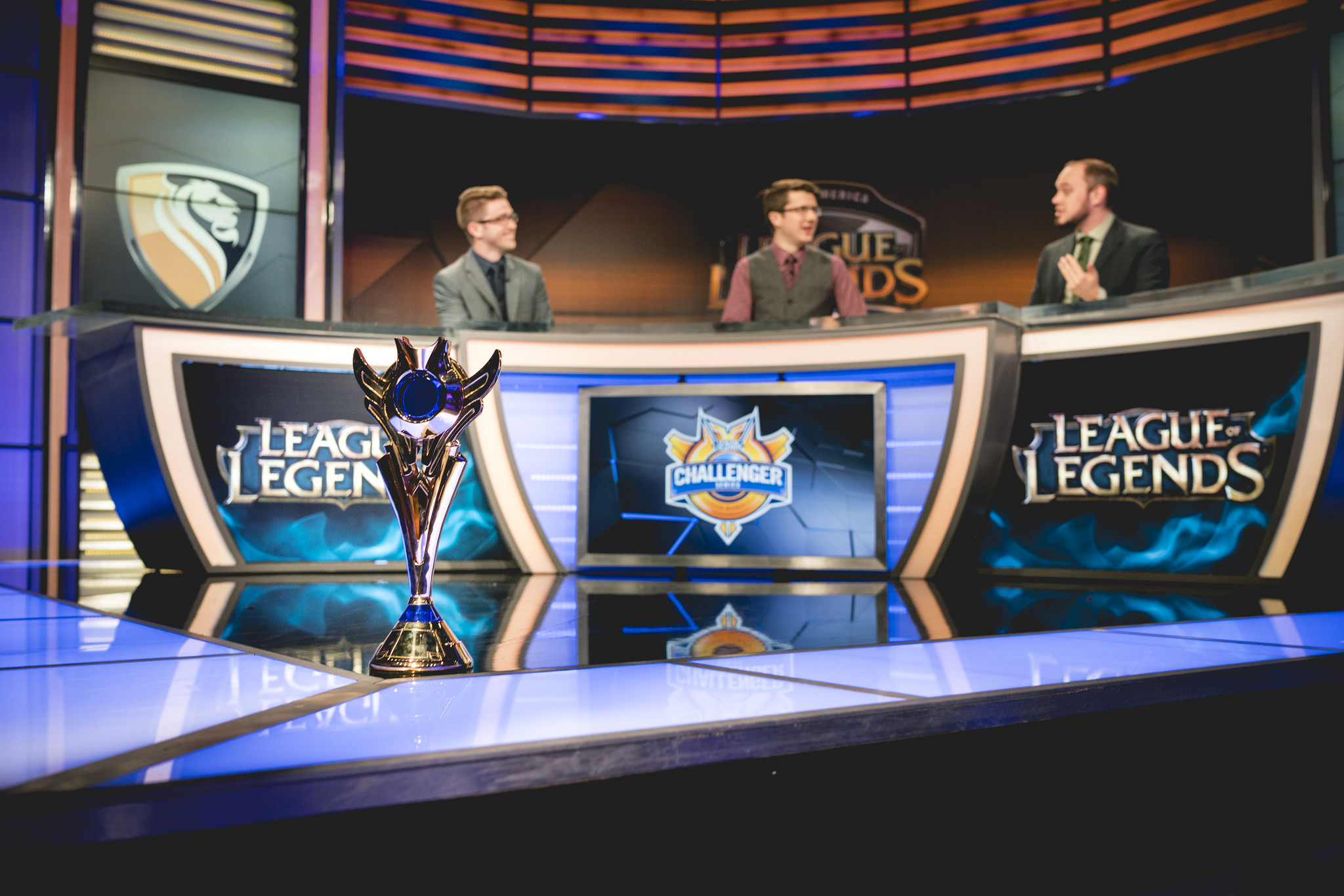Sharing the spotlight in League of Legends

The very last best-of-one match in professional League of Legends has been played, at least for the NA and EU LCS, and thank goodness for that. As has been noticed by casters, community figures, and the teams themselves, a single IEM event can have a western team play enough games to cover the span of their entire spring split—in other words, a single tournament is worth more in terms of adapting to the spotlight and endurance under pressure than anything they've done over the preceding weeks or months.
The summer switch to a best-of-two and best-of-three system doesn't just acclimate teams better to tournament conditions. It's also a lucrative development for them as professional organizations—and the difference between professional and amateur has always been about whether or not you get paid for what you're doing. As esports teams are financed largely by sponsorship deals and sales of team merchandise—the Riot stipend is only a fraction of the operational costs of the top teams—the extra time spent in front of the camera is important in terms of justifying their asking prices. The more games they have to churn through, and the longer time they get to spend in front of a camera, the more that everybody wins (albeit, in the case of sponsors, indirectly).
In and of itself, the greater exposure given to LCS teams is awesome. Though it means more work for the players, it's work they should be glad to undertake if the goal is to be competitive at international events—and for the development of their individual community influence as well. The problems, then, aren't within context of the western premier circuits—the problem is that they're the only ones getting these structural improvements.
Big bets
The news of North American Challenger team Ember's collapse was only a surprise in terms of how quickly it happened. One minute, they were writing screeds about player compensation transparency (taking the time to humblebrag about how much they could afford to pay their own) and next they’re announcing the closure of their League of Legends team and the free agency of all but one player. Sympathies were especially reserved for jungler Santorin, who had just gotten out of his involvement with the sleaze surrounding European Challengers Huma two months before Ember's collapse.
The actual fact of a Challenger team dying off, regardless of how many six-figure paychecks they were slinging around, wasn't so surprising—especially after they lost their bid for an LCS spot. It is incredibly hard to get monetary traction at sub-LCS levels of competition: the viewership is a fifth of the regular broadcast (if you're lucky), your players are largely unknown, and the amateurish reputation of the circuit grants it less prestige.
The recent rash of high-profile, big-wallet investors don't actually provide any more stability to the Challenger scene—if anything, money makes it worse. Ember isn't the first to have their backers suddenly vanish after just one split: an investor's willingness to spend a few million on a project doesn't mean they'll be patient about making their money back. It's also been demonstrated by North American circuit leaders Immortals that you make a much higher and faster ROI by investing directly into the LCS itself, instead of bearing the uncertainty of missing out on qualifiers for technical or personnel reasons.

These aren't problems that can be solved overnight, but they are issues that can be alleviated with more intensive investments and focus on the Challenger scene by Riot. The often sleazy issues regarding player contracting and visa acquisitions should absolutely be more strictly scrutinized by Riot—at the very least, requisite contractual transparency measures can save the players from a lot of heartache and frustrations. A minimum duration stipulation too—it might scare off a portion of possible investors, but it's much healthier for the players and means that a rag-tag group of five solo queue warriors actually have a chance to develop into an actual team.
The biggest gaming news, reviews and hardware deals
Keep up to date with the most important stories and the best deals, as picked by the PC Gamer team.
It'd also, of course, be necessary to expand the scope and style of Challenger-level coverage—to at least give the players a shot at a fanbase outside of the hardcore enthusiasts. While it's too much (and contrary to purpose) to give the exact same prominence and priority to Challenger players as they do to LCS-involved personalities (such as with the Drive video series), there's definitely a compromise between "equal coverage" and "almost none at all," and it doesn't yet feel as if Riot's found the right balance yet between the two.
Nor with other regions, to be frank.
We’re still here
Speaking of suffering due to lack of exposure: Taiwan didn’t get a bid at IEM Katowice. In fact, Taiwan is unique in more ways than just that: the LoL Master Series held in Taipei is the only one of the five premier leagues not to have an English broadcast. It's also the worst of the five in terms of endemic sponsorships and Challenger support, and that is directly tied to the lack of exposure and comparative support. The Riot Taiwan esports office consists of basically one official liaison, and local publisher Garena isn't willing to cough up the expenses to run an international marketing program—not when their well-defined operational region gives them few benefits from doing so.
In fact, the only attempt at licensed English casting of the LMS came from Twitch.tv, during the qualifiers run leading up to Worlds, and that was both short and poorly received (though it did help launch LCK caster Achilios's career).

Granted, the LMS does extremely well with what little it has. Its top players have shrugged off magnitudes-better contract offers for the sake of staying with their band of brothers, and its now year-old freedom from Southeast Asia's raised its teams back to international relevance, outcompeting North America and China alike while trading respectable blows with Europe and Korea.
But that haunts the region with a simple question: how much better could we be doing? How much are we really sacrificing out of emotional loyalty? Given the hard infrastructural and sponsorship limits imposed on the circuit, very few Taiwanese/Hong Kong players will be able to go pro for more than a few years at a time, meaning that the higher salaries in even the LSPL will eventually outweigh their loyalties—they might not be able to retire even with an LPL paycheck, but they can at least afford that transition back into a normal life. And that question's going to haunt even the likes of AHQ top laner Ziv, or Flash Wolves star jungler Karsa, no matter how impressive they were at the last Worlds.
This, too, has to be a top-down consideration from Riot: how to support a region that spits out a disproportionately high amount of their best and most exciting players. It is a concern that mirrors larger the disparity in treatment between the LCS and Challenger scenes, and likely warrants the same solutions. It's easy to lose sight of the importance of doing so, amid the glitz and high drama that the premier circuits are deliberately engineered for, but the fact is that these easily-ignored circuits and players constitute the seed corn of a healthy esports ecology.
In their rush to lavish fame and monetization options upon today's esports stars, it's even more important to lay the groundwork for tomorrow's. Faker's going to falter (again), FORG1VEN's gotta fly soon, and even Bjergsen's going to eventually bounce. Given the lack of human cloning technology at this moment, it's all the more important that Riot has a more viable long-term talent development strategy. The sooner it arrives, the better.
Editor’s note: this is James’ last League of Legends column for us, at least for the time being—he’s moving on to exciting new things. We’ll be back with a new League of Legends columnist in a few weeks, but this marks the end of LoLWatch in its current form. I’d like to thank James for his hard work and insight over the last year or so: you’ve helped this Dota guy understand a few things about this ‘LoL’ game everybody seems so excited about. - Chris

PC Gamer Pro is dedicated to esports and competitive gaming. Check back every day for exciting, fun and informative articles about League of Legends, Dota 2, Hearthstone, CS:GO and more. GL HF!

